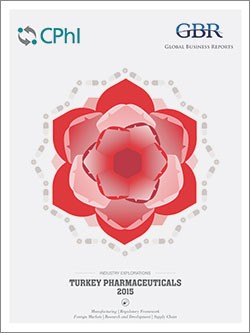
PUBLICATION
Turkey Pharmaceuticals 2015
Far less profitable yet far more innovative than its predecessor of ten years ago, the Turkish pharmaceuticals manufacturing industry and its outlook have changed rapidly as a result of policy reforms enacted in 2004. Executed by the Turkish Ministry of Health under the Health Transformation Program, these reforms were, true to the name that encompasses them, transformative. They restructured healthcare financing, broadly increased medical access within the poorest regions of Turkey, and consolidated Turkey’s three systems of social security under one umbrella, the SGK; 99% of Turkey’s population now has medical coverage. Over the last decade, consumer satisfaction with the country’s health care system rose, per capita doctor visits increased, and rates of child and infant mortality fell.
Yet, this expansion of the medical system brought an expansion in public medical expenses, and with it, the creation of a system of cost controls to prevent these expenses from encumbering the public budget. Cost controls have taken two forms: first, a series of direct discounts imposed on domestic manufactures in accordance with the originator status of their product and the availability of comparable products within the market; and second, the introduction of a system of drug-price referencing that sets the price at which the Turkish pharmaceutical manufacturer can sell a product in the domestic market, linking it to the lowest price at which a comparable pharmaceutical product is sold within a basket of European markets.













